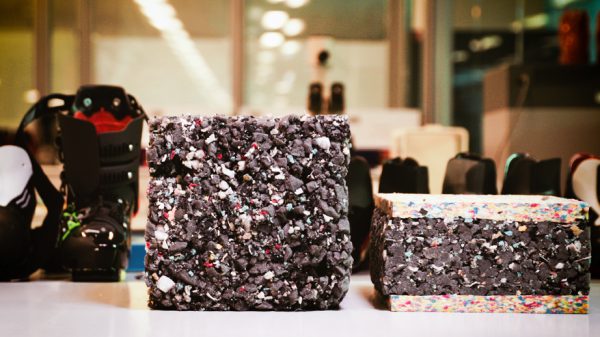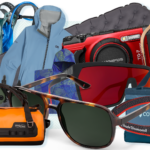We all want to buy products that are gentle on the Earth and fair to the people who make them. However, recognizing these stars in a rack of jackets or a wall of skis is anything but obvious. Help is coming in a multitude of certifications. Like organic food, these third-party organizations work with companies and supply chains to verify high standards for different aspects of the materials, labour practices and corporate behaviour. From knowing where the wool or down keeping you warm in your Glerups and Helly Hansen came from or that the workers who sewed your Patagonia or Arc’teryx jacket were fairly paid, many brands proudly proclaim their corporate responsibility. To understand the hangtags in the shop, read on.
B Corporation: In order to become certified, businesses have to balance profit with purpose. They have to have high social and environmental ethics, and are transparent, inclusive and accountable. They drive change through leadership within their head offices, with their customers and in their communities. bcorporation.net
Bluesign: Its focus is on reducing harmful chemicals and manufacturing processes in textiles. A Bluesign hangtag means the fabric that went into a jacket or pant is more sustainable. There are two labels: Bluesign Product means every piece of fabric in a garment is approved; Bluesign Approved means only some of the components are. bluesign.com
Climate Neutral: This certification helps brands measure their carbon footprint, offset it and develop plans to reduce it. A progressive process, it requires companies to improve annually. Last year it helped offset 683,626 tonnes of carbon. climateneutral.org
Fairtrade: Focused on workers in developing countries, Fairtrade ensures any hands that helped farm, sew or touch a product were compensated fairly, paid a decent wage and had good working conditions. It covers everything from food to textiles, including many brands of clothing. fairtrade.net
Responsible Down Standard: Live plucking of geese and ducks was the big concern that led to industry-wide standards for down, but RDS certification also covers other animal-welfare concerns, working conditions on farms and helps with chain of custody throughout the supply line. textileexchange.org
Responsible Wool Standard: RWS certifies everyone in the wool supply chain, from the farmer to the garment factory, for everything from animal welfare to labour practices. It’s managed by the Textile Exchange, the same industry group that runs RDS. textileexchange.org
ZQ: Like RWS, this standard developed by New Zealand’s wool industry includes animal welfare, environmental and social sustainability, as well as adding traceability. Scan a QR code on some ZQ products to learn about the farm where the wool keeping you warm came from. discoverzq.com
CLOSING THE LOOP

Collecting recyclables is the easy part. Actually disassembling products and turning them into reusable material is the challenge. Take a ski boot, for example. With up to 120 different parts, it can’t go in a blue box. But Tecnica Group wants to try closing the production loop. Retailers across the Alps will soon start accepting any old ski boots as part of the Recycle Your Boots program. Once collected, an Italian company will dismantle the boots into its components. The metal and plastic will go to another factory for processing back into raw materials. Another facility will shred the liners to make new padding. And the University of Padova will measure it all and monitor CO2 emissions to help Tecnica refine the process. The hope is to expand it across Europe and, eventually, to North America with the goal of kick starting a new way of thinking about ski gear.



